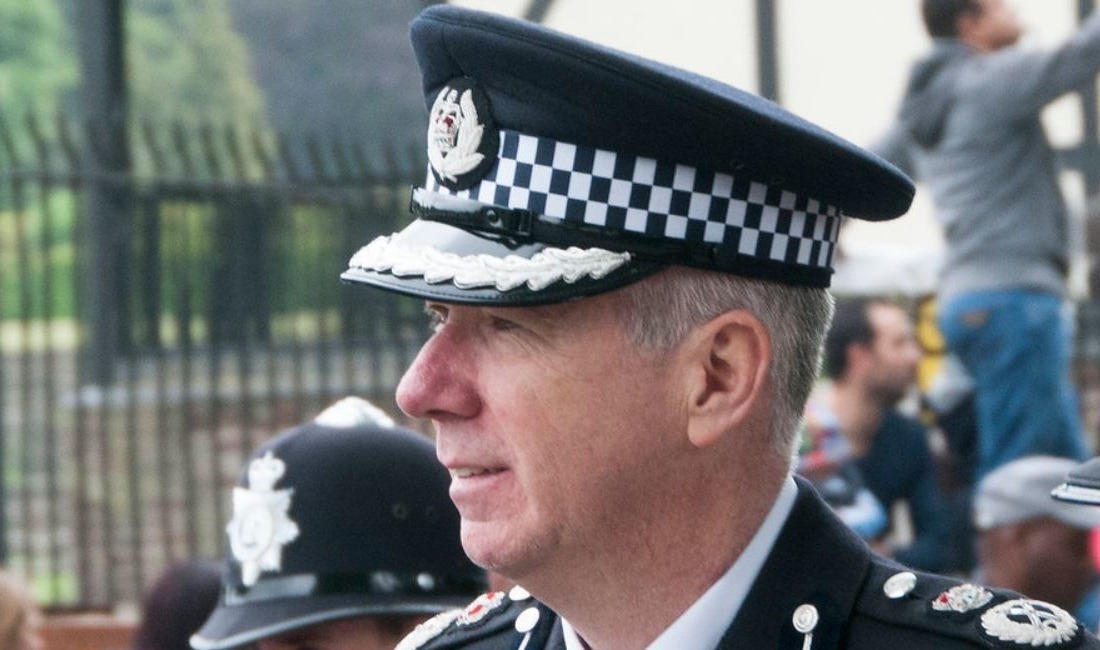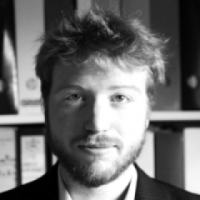- ‘I told them exactly who was in charge. They weren’t interested,’ says RAF veteran
- British army officers were ‘organising and running their own private war’ in Northern Ireland
- Photo surveillance techniques used to gather intelligence on Soviet troop movements in East Germany were used by the army’s notorious Force Research Unit to help its agents monitor targets in Northern Ireland
A Royal Air Force (RAF) intelligence veteran has claimed that British detectives “weren’t interested” in hearing his evidence about the possible collusion of senior British army officers in murders in Northern Ireland.
Geoff Currums, a military surveillance specialist who retired as a squadron leader, spoke out after giving two interviews to police officers from Operation Kenova, which is investigating the activities of “Stakeknife”, the British army’s most senior spy inside the Irish Republican Army (IRA) during the Troubles in Northern Ireland.
Stakeknife is widely believed to have been Freddie Scappaticci, the head of the IRA’s Internal Security Unit – the “Nutting Squad”. Scappaticci denies being an agent, although he was arrested by Kenova detectives in 2018.
Kenova is investigating claims that Stakeknife participated in the kidnap, torture and murder of suspected IRA informants, while himself working undercover at the heart of the terrorist group.
Stakeknife was such a sensitive source in the IRA that the British military used a specialist squad to handle him, the Force Research Unit (FRU) – part of the army’s intelligence corps.
Currums, who knew several FRU members, claims Kenova detectives “weren’t interested” in hearing his evidence about which British army officers were ultimately in charge of Stakeknife.
“They don’t want to go there,” Currums said. “I told them exactly who was in charge. They weren’t interested. They were concerned about the murders that Stakeknife, Freddie Scappaticci, had created. They were not looking for the intelligence officers who managed him.
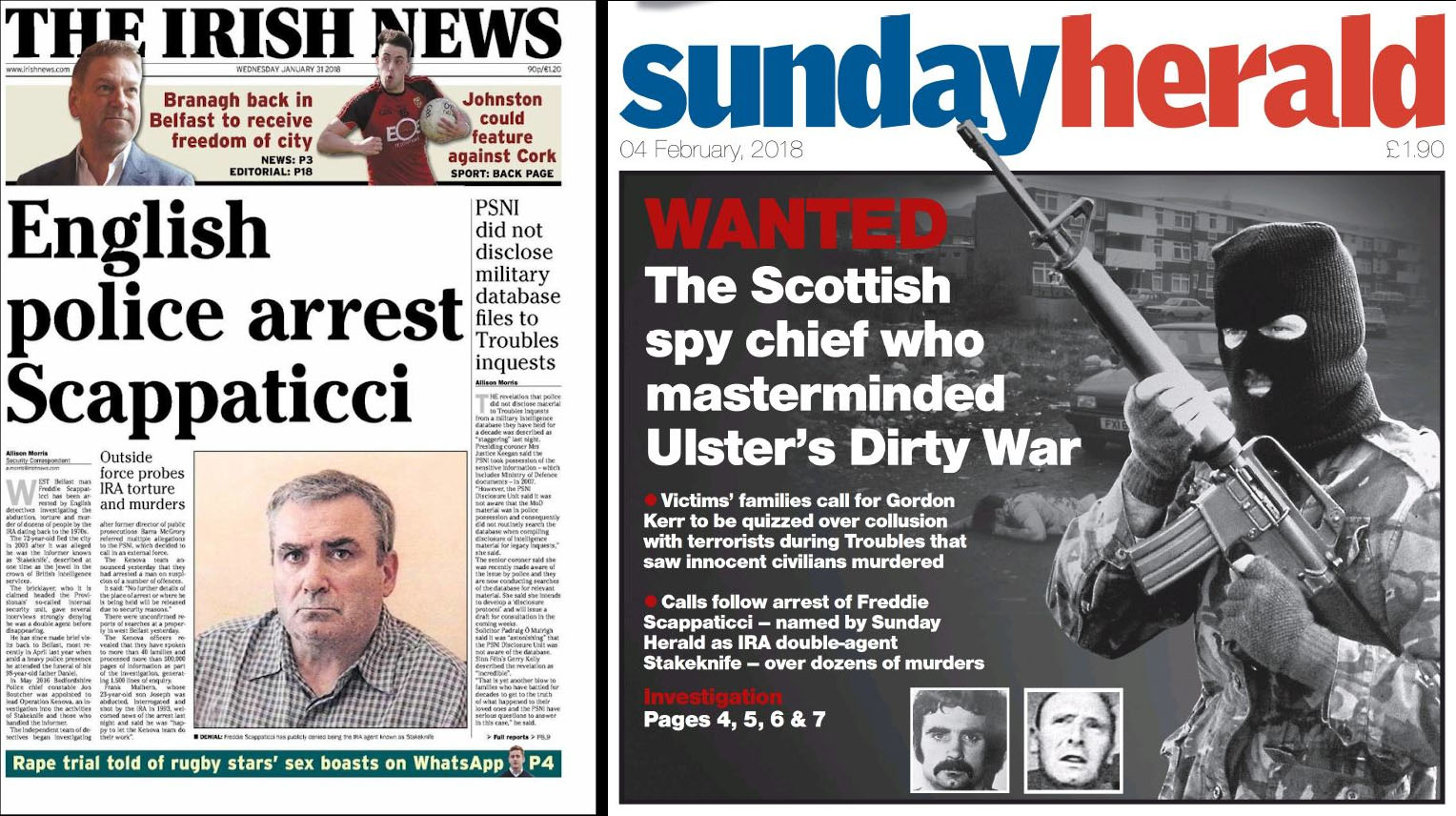
“I was astonished at their lack of knowledge, and lack of interest, in who managed Stakeknife and other informants, and who authorised it – how high up it went.”
Currums’ complaint chimes with comments made by the head of Operation Kenova himself, Jon Boutcher, the former Chief Constable of Bedfordshire police.
In June 2020 Boutcher told MPs that he expected any prosecutions “to be very much the exception”. This appeared to be a climb-down from when his probe began in 2016, with Boutcher vowing to leave “no stone unturned”.
His task includes looking for “evidence of criminal offences having been committed by members of the British Army… in respect of the cases connected to the alleged agent known as Stakeknife”.
Currums is concerned that this part of Kenova’s official remit has been quietly forgotten.
Wrong suspect
The FRU was set up by the army in the early 1980s to run agents in both the nationalist IRA and inside rival terrorist groups such as the loyalist Ulster Defence Association (UDA). “They ran both sides of the game,” Currums commented.
In February 1989, FRU agent Brian Nelson gave the UDA targeting information for the murder of Pat Finucane, a prominent human rights lawyer. Five days later, Finucane was shot dead in front of his family while eating a Sunday meal at their home in Belfast.
Nelson was run by FRU sergeant Margaret Walshaw and Lieutenant-Colonel Gordon Kerr, the head of the FRU. According to Currums, the Kenova detectives mistakenly believed that Kerr was also directly responsible for Stakeknife.
“They wanted to know about Kerr, because they were convinced that he ran Stakeknife, which he didn’t. He ran the FRU, which did run Stakeknife, but although Kerr certainly was fully aware of the Stakeknife case, he wasn’t personally involved.
“The detectives knew nothing, absolutely nothing, about the inner workings of the army intelligence service. I made clear who ran Stakeknife in the intelligence corps, and that was Colonel Colin Parr.
“He ran all of that, and he was senior to Gordon Kerr. Colin Parr was the key man for army intelligence in Northern Ireland.”
Colonel Parr was previously named in a witness statement by former FRU member Ian Hurst, which was given to a public inquiry in Ireland in 2011. Hurst alleged that Parr had been the commanding officer of the FRU and rushed to a police station when Scappaticci was arrested for drunken driving.
As early as 2012, the Belfast Telegraph reported that Parr had gone on to be head of army intelligence, a role which involved having close links to Stakeknife. The newspaper said Parr had shared information about Stakeknife with the most senior commander in Northern Ireland, General Sir John Wilsey.
Wilsey confirmed that in the early 1990s, following a request from Parr, he had personally reassured Stakeknife about “the value of his work” when the agent was “fed up” and “worried” about an earlier police investigation of the FRU.
Wilsey described Stakeknife as “our best agent… a golden egg, the one thing that was terribly terribly important to the Army… We were terribly cagey about Fred [Scappaticci]… he was our most valuable asset.”
Another soldier who Currums told detectives had a key liaison role with FRU operations was Parr’s deputy, Peter Everson.
Although much of Everson’s career in army intelligence remains unclear, by the mid-1990s he appears to have been running the FRU’s successor unit, according to a legal claim filed at the High Court.
Everson went on to become director of the intelligence corps and an aide-de-camp to the Queen before retiring as a two-star general. “Kenova were not interested in that,” Currums commented. “They won’t go that route.”
Berlin connection
Currums, a former bomber pilot, spent much of his career teaching RAF aircrew to fly fast jets and was not sent to Northern Ireland.
In the late 1980s, he was selected for the British Commanders’-in-Chief Mission to the Soviet Forces, or BRIXMIS, an elite surveillance unit in Berlin.
BRIXMIS underwent the same intelligence training as the FRU at the Special Training Wing, in Ashford, Kent, in order to prepare for surveillance operations over East Germany.
It was one of the most demanding British military deployments of the Cold War. Currums was second-in-command of the RAF element and reported to Group Captain Mike Killick – the RAF’s most senior operational intelligence officer. Killick was deputy to the head of BRIXMIS, Brigadier Ian Freer.
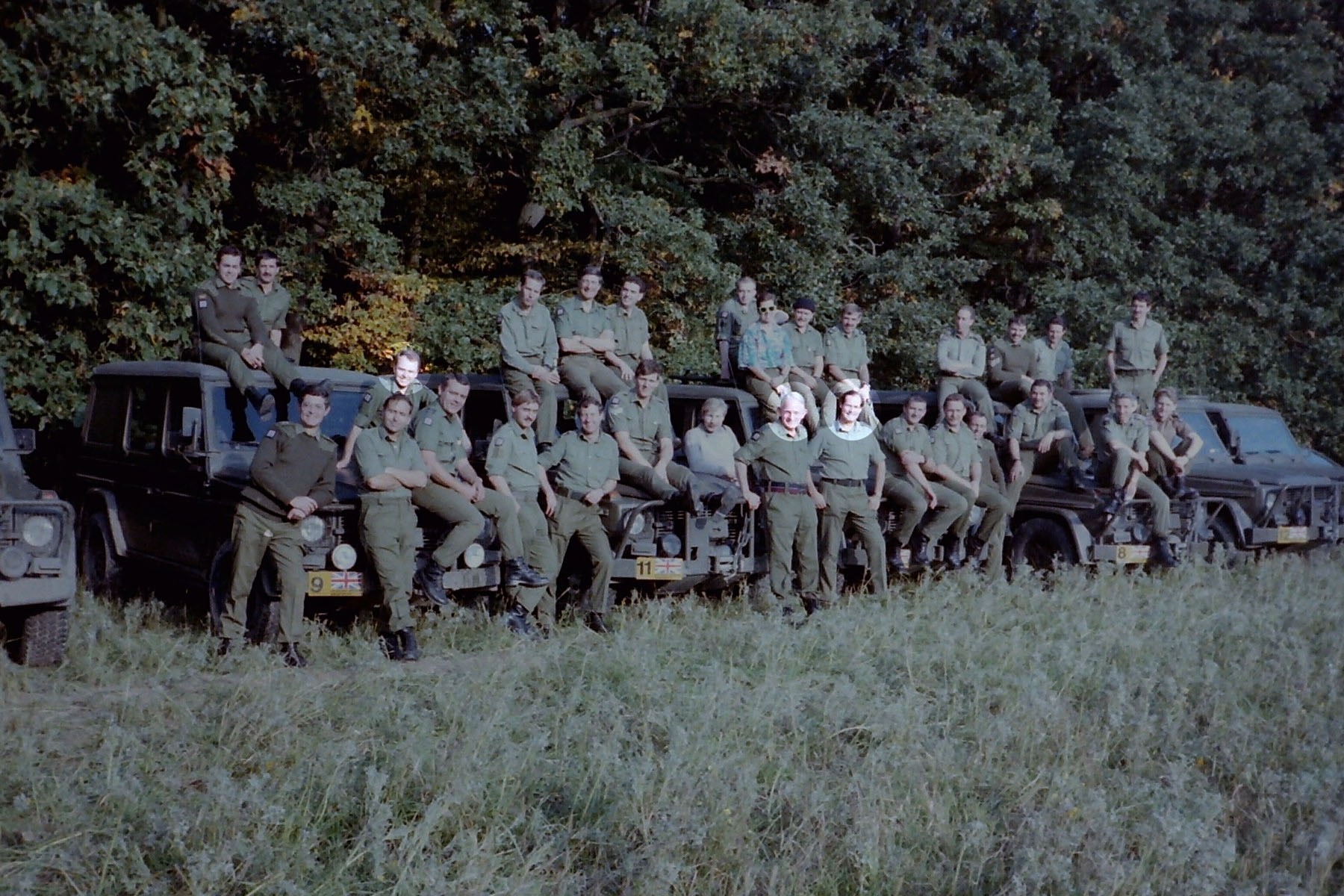
“We did not run agents and we did not carry weapons, but the surveillance techniques, particularly the photography, were developed by BRIXMIS in the field and passed on to the FRU at Ashford,” Currums said.
In Germany, Currums ran the BRIXMIS photographic unit: “The RAF are the experts in photographic surveillance (and interpretation techniques) throughout the military. Almost everything BRIXMIS did was based on photography. We were interested in what the Russians had and what they did with it, so we filmed all of it.”
His time in Germany coincided with the fall of the Berlin Wall in November 1989 and the end of the Cold War. BRIXMIS formally ceased its operations in November 1990.
Meanwhile in Northern Ireland, John Stevens, a Metropolitan police officer, was investigating Pat Finucane’s murder. By January 1990, he was preparing to arrest Nelson, the FRU agent, until his police office in Belfast was broken into and burnt down – allegedly by army intelligence.
Around this time the British army transferred Gordon Kerr, the head of the FRU, from Belfast to Berlin. “Kerr was only in Berlin because of the Stevens Inquiry break-in,” Currums noted.
“Kerr was sent to Berlin to keep his head down. There was no job for him, especially at his rank, as he was not a part of BRIXMIS and the British Forces were running down.
“They could have sent him anywhere. They could have sent him to staff college or the Ministry of Defence, but there he would have been subject to the law.
“British civil law had no jurisdiction in military-occupied Berlin. If they wanted Kerr they had to go through the army, and the army were going to protect him at all costs.”
Shelter
Currums believes the commander of BRIXMIS, Ian Freer, sheltered Kerr in Berlin. “Freer gave him protection. Kerr went to the garrison headquarters in Berlin which is where I came across him.
“When Kerr came to Berlin he set up a completely illegal operation spying on the Russians, for no good reason – they were leaving and the British, US and French governments had specifically agreed not to spy on the withdrawal.
“He attempted to use my photographic guys to process his illegally taken photographs, which is why I reported him to the RAF HQ Staff.”
Currums told Declassified that on the advice of the head of the RAF in Germany, Air Marshal Sir Andrew Wilson, Kerr’s operations were ordered to stop by the then chief of the defence staff, General Sir Peter Inge.
Although Kerr received a brief reprimand for his unauthorised covert operations in East Germany, he went on to become a brigadier and Britain’s defence attaché in China – a prestigious posting.
Brigadier Freer was also promoted and became the second most senior officer in Northern Ireland, serving as Commander of Land Forces, before retiring as a major-general. He now lives in Melbourne, Australia, according to his LinkedIn profile. Freer did not respond to Declassified’s request for comment.
“The people who worked for Kerr in Berlin talked about what he had done in Northern Ireland. The senior NCOs [non-commissioned officers], they all knew what he’d done and why he was in Berlin. They loved him to bits, they thought he was a hero,” Currums said.
“Within the army intelligence corps, he still is. They were extraordinarily loyal to him. I was threatened with being beaten up and taken behind the bike sheds when I shopped him. He was very well respected by his army superiors.”
Although the army intelligence corps is known derogatorily as “the green slime” in some military circles, Currums believes Kerr is still held in high regard today among defence planners.
“No lessons were learnt from Finucane’s murder, quite the contrary. It became an endemic part of army philosophy. The counter-insurgency doctrine within the army goes way back to General Frank Kitson and the Mau Mau uprising in Kenya,” Currums said.
Kitson is famed for his strategy of “turning” Kenyan insurgents against their former comrades in British-ruled Kenya during an anti-colonial uprising in the 1950s.
“All of that stuff is taught at army staff college – I went to the joint services defence college and we had lectures from these guys – including General John Wilsey,” referring to the man who called Stakeknife a golden egg.
“It was endemic within the army, this counter-insurgency strategy. To turn people against each other. It was still part of philosophy by the time I left.” Currums retired from the military in 1994 having reached the rank of squadron leader.
Photographic surveillance
Currums states that the same photographic surveillance techniques used by BRIXMIS to gather intelligence on Soviet troop movements in East Germany were used by the FRU in Belfast to help their agents to monitor targets.
“If the security forces knew [from Stakeknife] the IRA were going to attack somewhere, and they wanted to catch them in the act then they would stake the place out in great detail,” he said.
“If they wanted to allow it to happen, then they’d do exactly the same to ensure no interference. These people were organising and running their own private war. They decided who was going to live and who was going to die, and they were allowed to do it.”
The same would have been true for UDA attacks against Republican targets, Currums claimed.
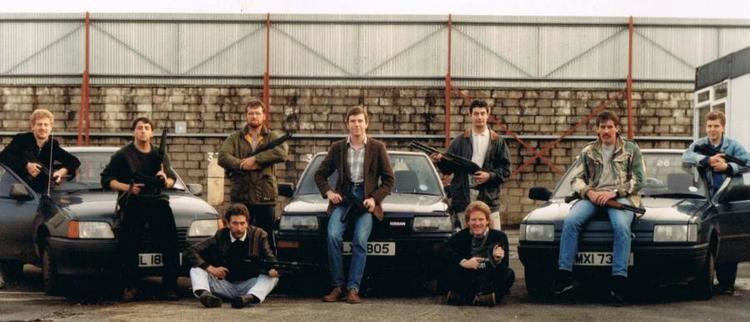
“If you look at Pat Finucane’s murder then there would have been days of surveillance to make sure that whoever was going to carry out that operation knew when and where he would be at a particular time.
“That takes days or weeks of surveillance. All of that would have been photographed and recorded for the briefings for the team that carried out the operation.
“Surveillance is 90%. The operation itself was 10%. When I sent my guys out in Soviet-occupied East Germany we were fully briefed on everything we could get our hands on before we went – always.
“And the FRU was the same, we trained in the same techniques. Exactly the same,” he insisted.
Currums believes that this could explain why Brian Nelson had access to hundreds of photos of IRA suspects. “Nelson was head of intelligence for the UDA, so he would have needed that information to keep himself credible with his own guys.
“He had a source for his information and a great deal of it came from the FRU, he couldn’t have got it from anywhere else.”
An official report into Finucane’s murder, written by Sir Desmond de Silva QC, revealed that MI5 believed 85% of the UDA’s intelligence came from British security forces. These included the Royal Ulster Constabulary (RUC), Northern Ireland’s police force whose Special Branch worked closely with the FRU.
De Silva remarked: “I have been struck by the fact that the information that was being passed on did sometimes include sensitive intelligence information based on source reporting or surveillance.”
He added: “I am struck by the correlation between the UDA’s description of their ‘intelligence’ on Patrick Finucane and the material contained within RUC records.”
As well as relying on photographs leaked from the security forces, FRU agent Nelson used his own camera to take surveillance photos of targets for the UDA to use in assassination attempts. The FRU had bought Nelson a taxi, which he used for surveillance.
De Silva found evidence that prior to Finucane’s murder, Nelson “carried out a reconnaissance (‘recce’), on the Finucanes’ home in North Belfast”.
Although De Silva claimed FRU officers were unaware of this recce, and it is unclear whether Nelson used his camera on that occasion, Currums believes that photographic records are key to understanding the extent of collusion between the security forces and the paramilitaries.
He told Kenova detectives that photographs from official surveillance operations should be held by the Police Service of Northern Ireland, the successor to the RUC. “Those records still exist, they cannot be destroyed,” Currums claimed.
“We all used the same form – F109 – that’s standard procedure throughout all the military, and that’s the way classified material is handled. It’s all logged and registered so that if it goes missing it can be traced.
“If it’s destroyed then there has to be a record of its destruction. And that would apply equally to anything given to the FRU by RUC Special Branch and vice-versa.”
Spycops Bill
Earlier this month, the British government refused to open a public inquiry into Finucane’s murder, despite decades of campaigning from his family and a UK Supreme Court ruling in 2019 that previous investigations were inadequate.
The failure to hold a full inquiry into the Finucane case is occurring alongside other attempts by the security forces to shield themselves from accountability.
A proposed new law, the so-called Spycops Bill, is currently going through Parliament, amid warnings that it will expressly allow undercover agents to commit crimes.
In addition, senior Conservative MPs, such as Iain Duncan Smith, have been leading efforts to grant soldiers who served in the Troubles immunity from prosecution for unlawful killings.
In a speech in Parliament last year, the former Conservative Party leader voiced his concerns for the young soldiers who patrolled the streets of Belfast and expressed support for Captain Robert Nairac, a controversial British army officer who allegedly ran agents in South Armagh before he was captured and killed by the IRA.
“Duncan Smith is an ex-para,” Currums commented. “He served two tours in Northern Ireland and I admire him for trying to protect his mates – he wants justice for all his guys, understandably.
“But there’s a distinction here between the peacekeeping operation, Operation Banner, and the work of the intelligence services, which did not fall under Operation Banner – they reported directly to Whitehall.
“And to lump the intelligence services in directly with Operation Banner in order to provide them with immunity is suspicious at best. Retired senior officers will be pushing hard for that to happen so there’s no hope of prosecuting any of them.”
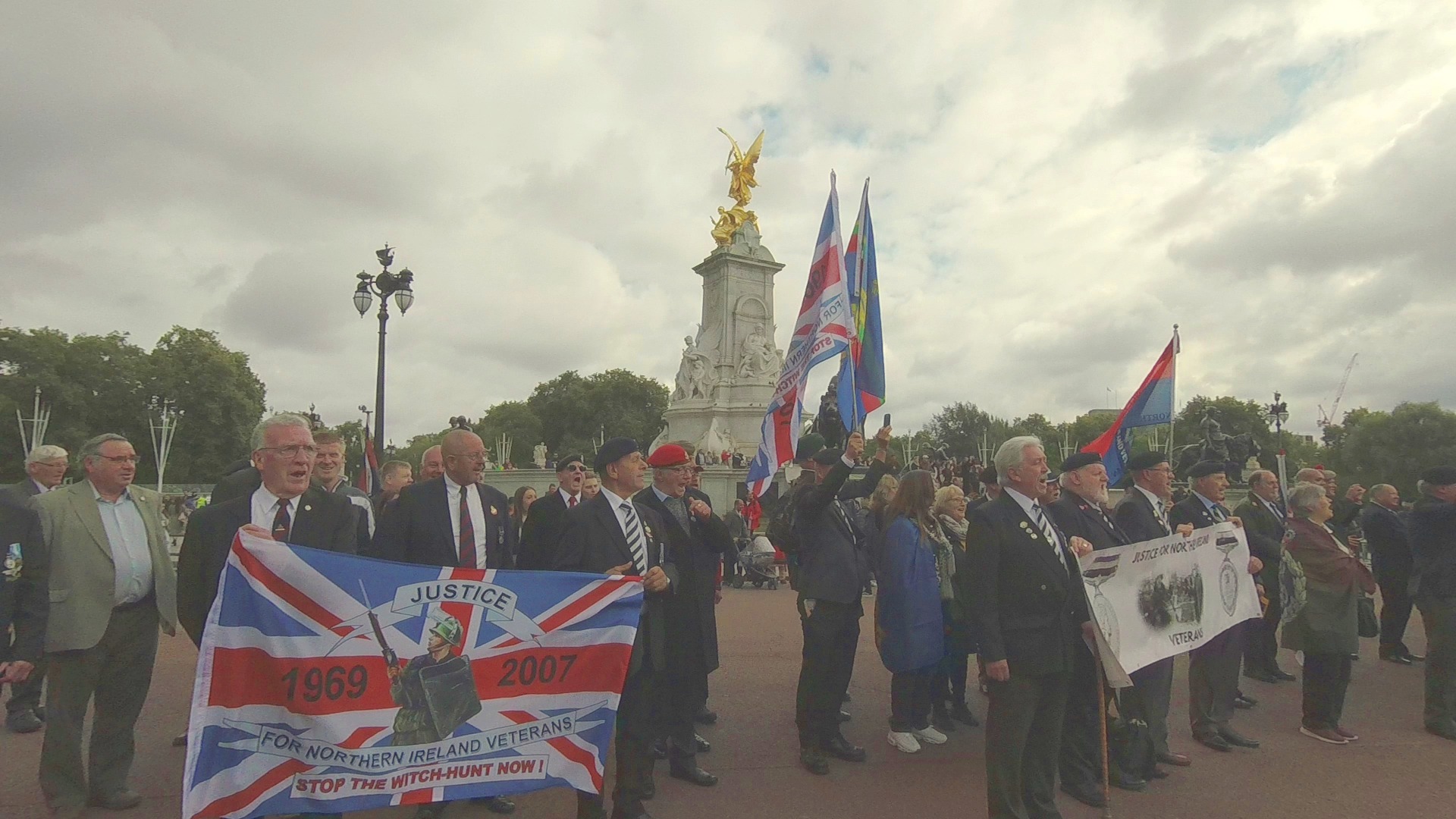
Currums questioned why the Spycops Bill should apply to the military intelligence operators. “Don’t think they are super sleuths or spies. They are soldiers, with no remit,” he said.
“There’s nothing that authorises the army intelligence corps per se, as it is supposed to exist on paper, to run agents, to carry out anti-terrorist operations or anything like that.
“Agent running was never taught because it was never officially a part of army intelligence or RAF intelligence roles. The role was surveillance, it was not agent running.”
He added: “If you ever find anybody in the army to admit that they were responsible for running agents, apart from the Special Forces, then good luck.”
Army agents
When asked in October about undercover army agents, Defence Minister James Heappey told Parliament: “Two specialist units within the Armed Forces, and each of the three Service Police forces, have CHIS [covert human intelligence source] handling capabilities utilising appropriately trained personnel.”
However, Heappey would not be drawn on how many such agents had been run by the army in the last five years, nor which countries they had operated in.
The secrecy suggests that the two units allowed to run agents are special forces squads like the army’s Special Air Service (SAS) and the navy’s Special Boat Squadron (SBS), rather than the army intelligence corps which used to run the FRU.
“The army intelligence corps are pretty much despised by people like the SAS, who I’ve worked with,” Currums said. “MI5 and MI6 wanted nothing to do with them, nor did the Army element of BRIXMIS. They just thought the FRU were amateurs, which they were, they were cowboys.”
An army intelligence corps veteran who served in Northern Ireland in the mid-1990s told Declassified there had been a “massive sea change in how things were managed and run” compared to the 1980s.
The veteran, who asked not to be named, served in a general intelligence role and remembers encountering the more specialist FRU, which had been renamed as the Joint Support Group (JSG).
“They were really professional,” the veteran commented on the JSG. “The legacy stuff beforehand – there were obviously lots of things the military should not have done – cowboy type operations. That’s a word you can use to describe it.
“But by the early 1990s I think the military learnt an awful lot of lessons. I felt part of a very professionally run organisation that had lots of policies and procedures and protocols in place to stop people being cowboys. You just couldn’t do it.
“The intelligence corps I was in was completely different from what it was before I joined. We had lots of training with lawyers saying what you can and can’t do, we even had lessons about whistle-blowing and how to raise concerns.”
Declassified asked Operation Kenova whether it had spoken to several of the army officers mentioned in this article. It responded by saying it “wouldn’t comment on individuals at this stage”. Boutcher has committed to delivering “a public-facing report” when his investigation concludes.
A spokesperson for the Ministry of Defence said: “We are assisting the police in their investigation. As the investigation is ongoing it would be inappropriate to comment further.”

